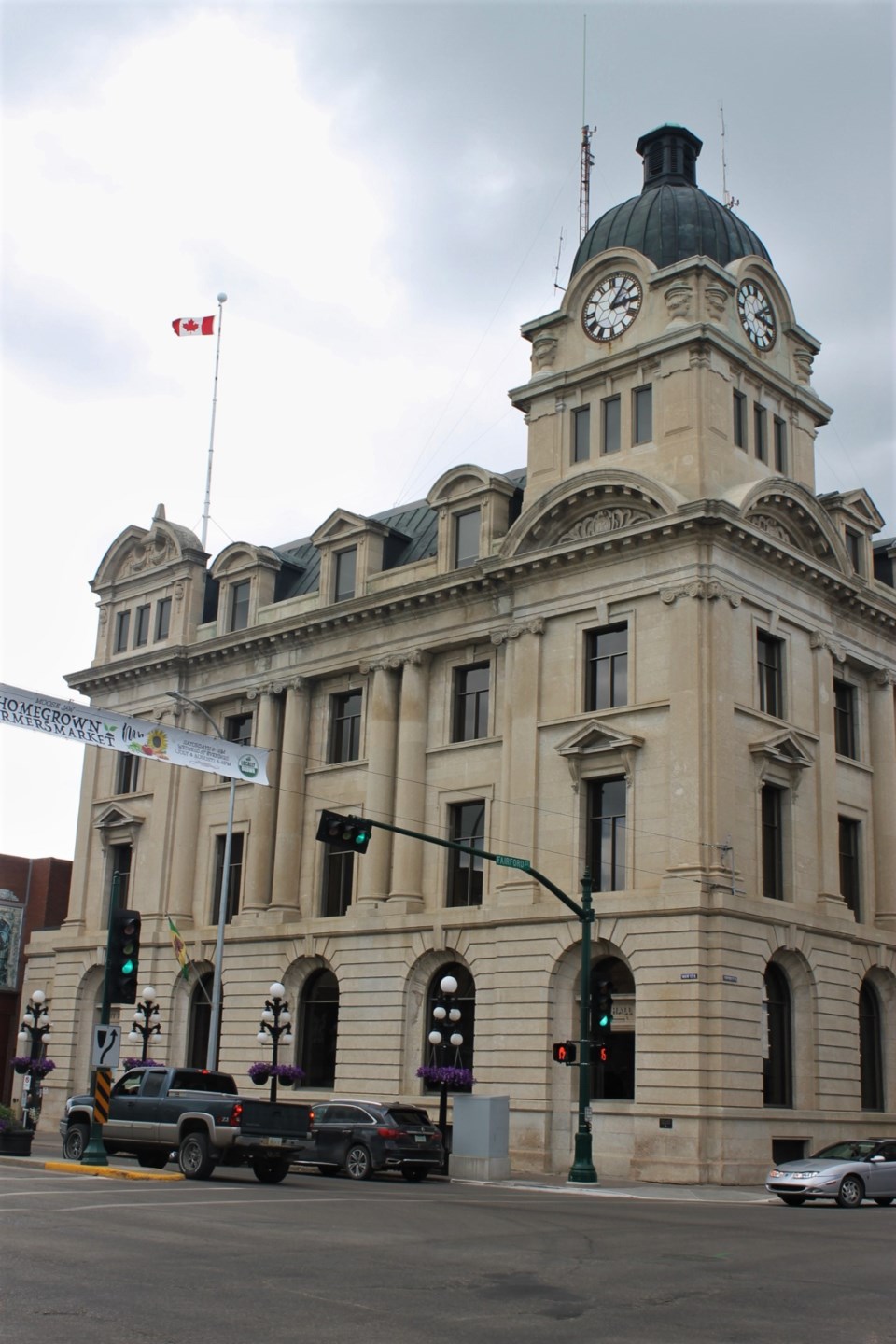City council has worked to reduce the tax gap between residential and commercial property classes since 2017, but it appears that changes by the province have had a bigger effect.
During the April 22 regular meeting, Coun. Kim Robinson submitted an inquiry to city administration about what percentage of the tax gap reductions have been attributable to council’s mill rate factors and what percentage has been attributable to the provincially mandated change in the assessed value of properties.
Administration provided an answer during the recent regular meeting in May, with data showing that the tax gap has decreased from 2.43 times in 2017 to 1.80 times this year.
Council’s efforts to reduce the gap resulted in a decrease of 0.29 percentage points during that period, while changes that the province made in 2021 led to a decrease of 0.34 percentage points. Therefore, the city’s efforts represented 46 per cent of the changes and the province’s efforts represented 54 per cent.
The report added that changes in infrastructure levies and to the commercial appeal allowance can also affect the tax gap, although administration did not exclude these two factors from the analysis.
During the May meeting, Robinson said he appreciated the “very concise answer” from administration. He pointed out that while the tax-gap changes are split nearly 50 per cent, the report says administration did not exclude the two factors mentioned above.
Therefore, Robinson submitted another inquiry asking that city hall officials re-analyze the tax gap while excluding the levies for the cast iron water main replacement program and the parks and recreation capital upgrades program and commercial appeal allowance funds.
Besides this inquiry, the councillor asked city administration to determine the average annual revenues that street meters generate and, if possible, define the revenues for meters located within one city block of Main Street between First Avenues Northwest and Northeast.
Robinson also wanted city hall officials to provide an answer about the City of Moose Jaw’s Workers’ Compensation Board (WCB) payments made between 2018 and 2023, the incident counts, the loss-time dates, the no-loss time dates and the rates and premiums for this year.
The next regular council meeting is Monday, May 27.




